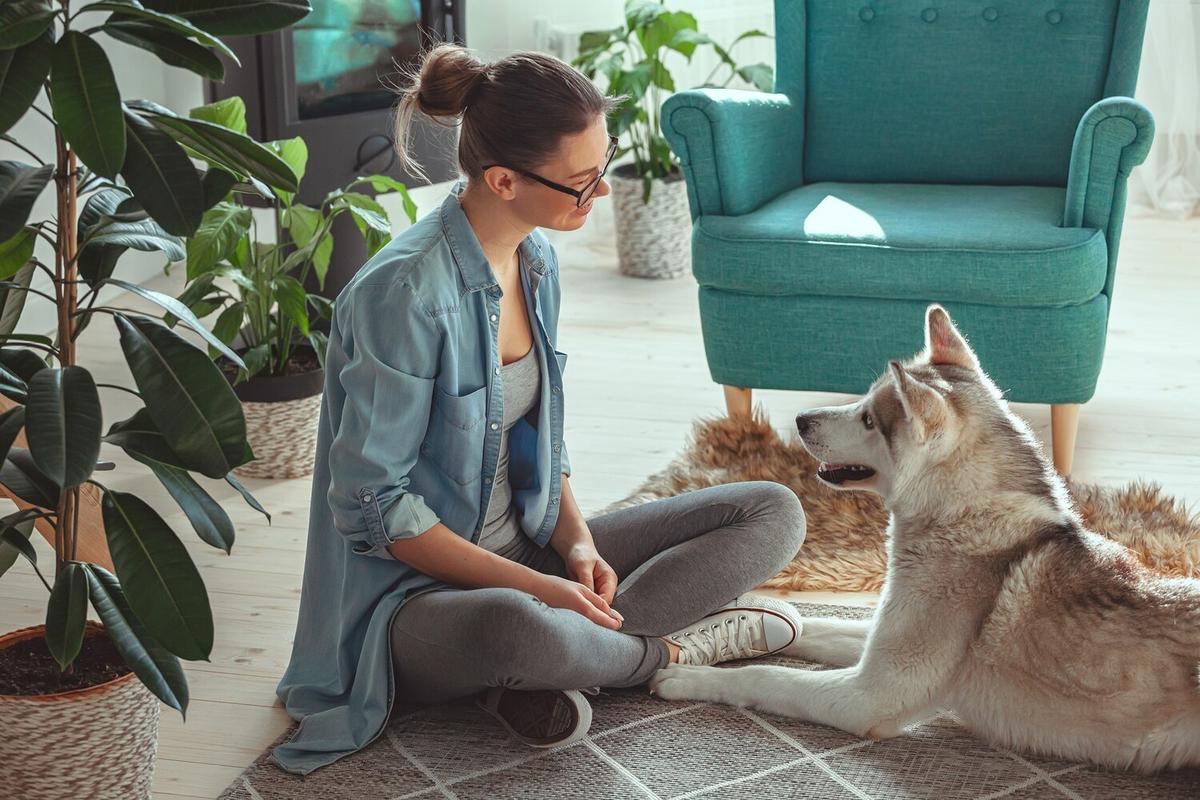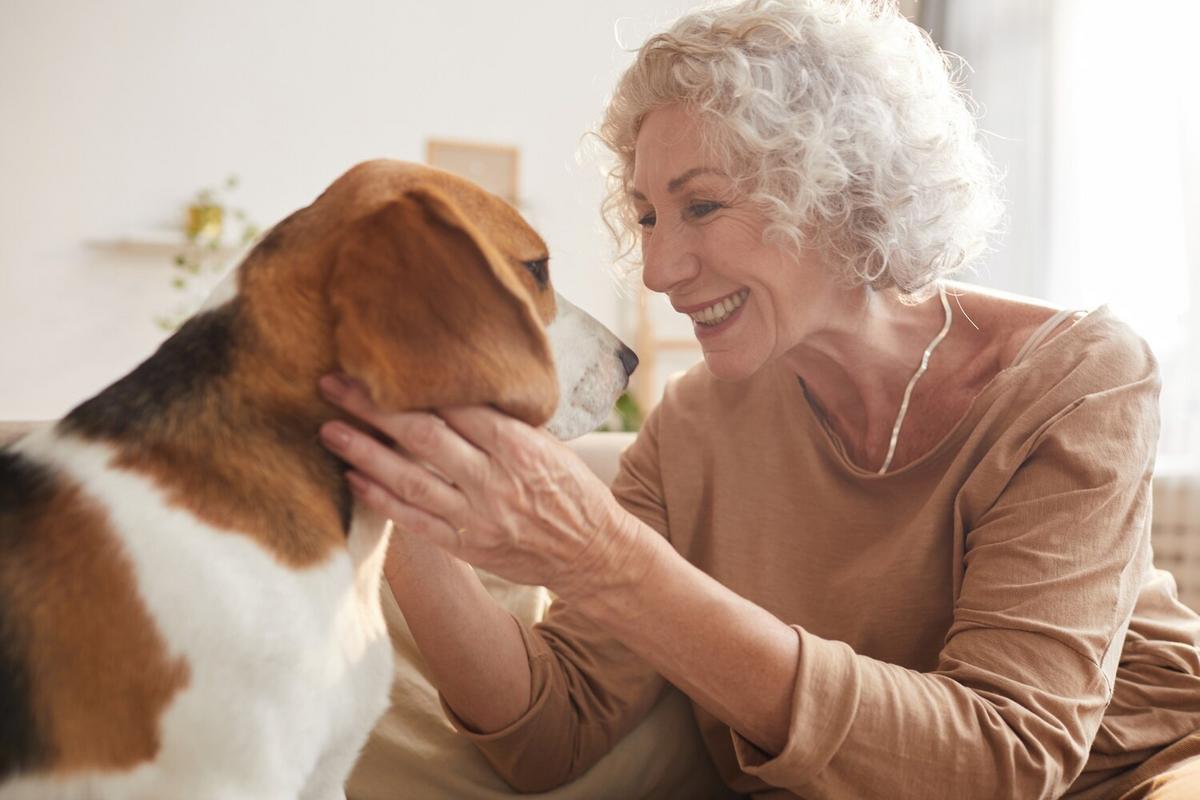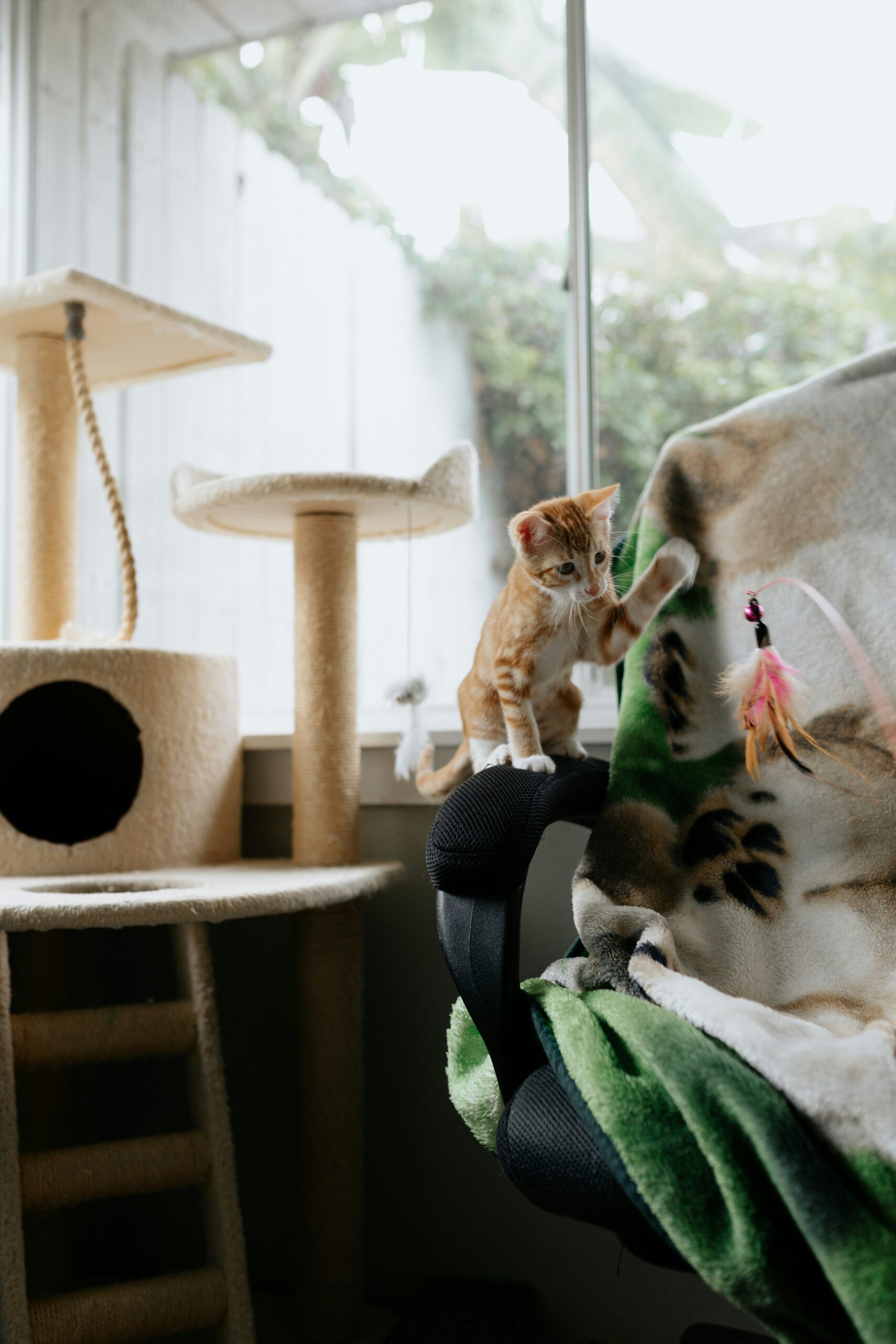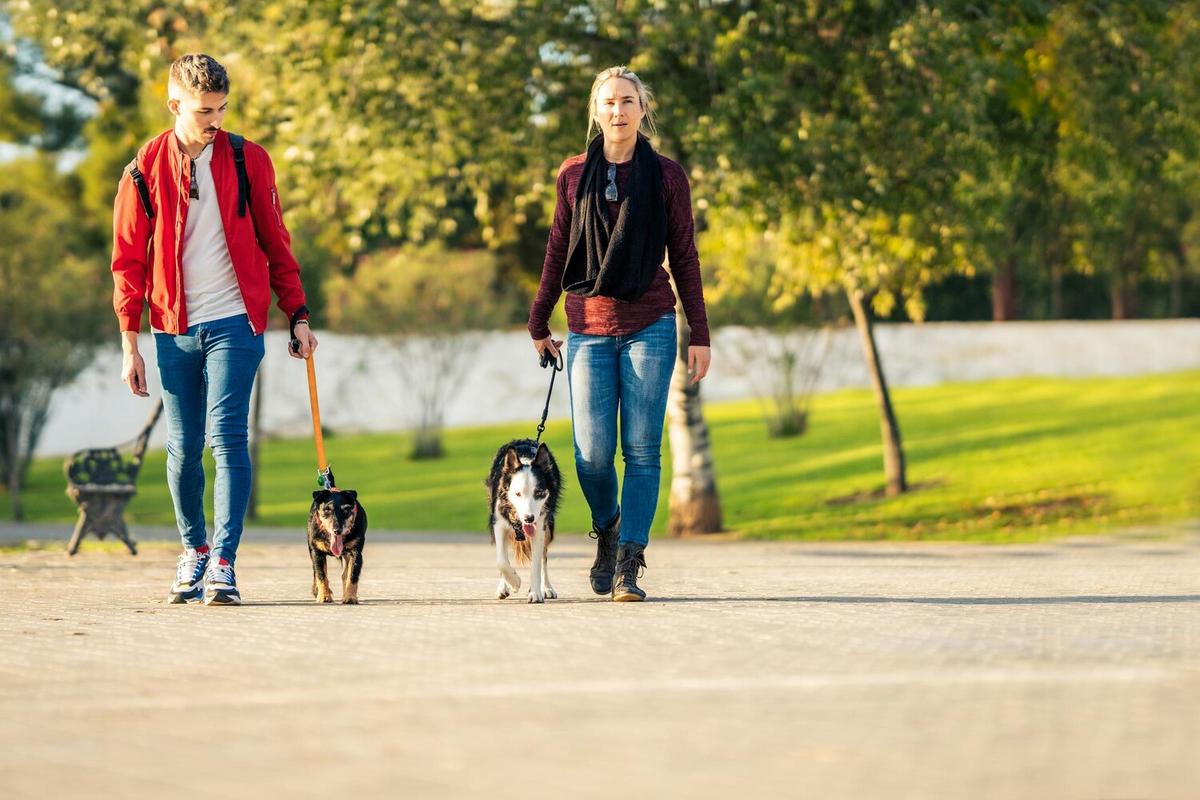Kennel training your puppy can be a rewarding journey when done correctly, providing a safe haven for your furry friend and peace of mind for you.
Understanding the Basics of Kennel Training
Kennel training, often referred to as crate training, is an essential part of raising a well-behaved and content puppy. It involves teaching your puppy to see the kennel as a safe and comfortable space.
Why Kennel Training Matters
Studies show that puppies who are properly kennel-trained tend to experience less anxiety and exhibit fewer behavioral issues. The American Kennel Club suggests that a kennel can become a puppy’s ‘den,’ providing them with a sense of security.
Expert Insights
Veterinarian Dr. Karen Becker highlights that kennel training can help with housebreaking, prevent destructive behavior, and aid in travel safety. It’s a tool that, when used correctly, can enhance your puppy’s well-being.
The Dos of Kennel Training
- Introduce the kennel gradually. Allow your puppy to explore and become familiar with the kennel at their own pace.
- Make the kennel inviting. Use comfortable bedding and favorite toys to make it a positive space.
- Use the kennel for short periods initially. Start with small intervals and gradually increase the time your puppy spends inside.
- Maintain a consistent routine. Regular times and cues for entering the kennel can help your puppy adapt more easily.
The Don’ts of Kennel Training
- Never use the kennel as punishment. This can create negative associations and increase anxiety.
- Avoid keeping your puppy in the kennel for too long. Puppies need time for exercise and social interaction.
- Don’t ignore signs of distress. If your puppy is consistently anxious, it may be time to reassess your approach.
Personal Experience
When I first started kennel training my golden retriever puppy, she was hesitant. By gradually introducing her to the space and rewarding her with treats and praise, she began to see it as her personal retreat.
Actionable Tips for Success
Consider placing the kennel in a busy area of your home initially so your puppy doesn’t feel isolated. Also, try feeding your puppy inside the kennel, associating it with positive experiences.
Always leave the kennel door open when you’re home to let your puppy enter and exit freely, reinforcing that it’s a safe, voluntary space.
FAQs
How long can I leave my puppy in the kennel?
Puppies should not be left in the kennel for more than 3-4 hours at a time during the day. They need frequent breaks for exercise and bathroom needs.
What if my puppy cries in the kennel?
It’s important to ensure that your puppy’s needs are met before placing them in the kennel. If crying persists, it may indicate anxiety or discomfort.
Conclusion
In conclusion, kennel training is a process that requires patience and understanding. By following these dos and don’ts, you can create a positive environment for your puppy, ensuring that the kennel becomes a cherished part of their routine.
For more information on kennel training, consider visiting reputable pet care websites or consulting with a professional trainer.




Leave a Reply